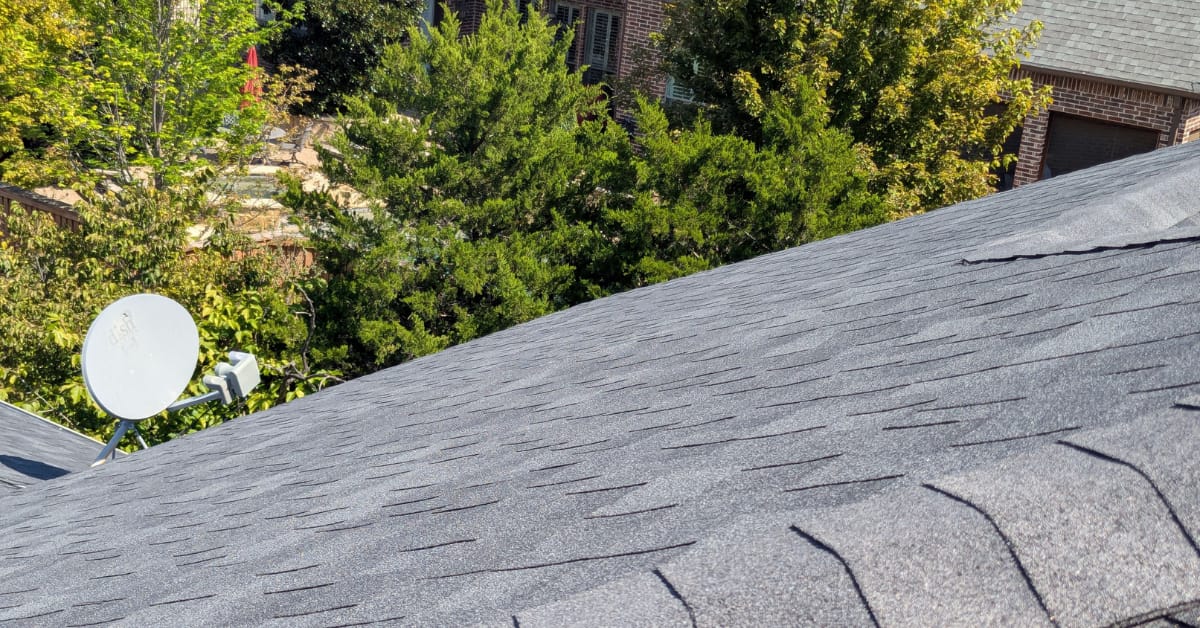-
Shingle, flat, and metal roofs require different sealants for optimal protection.
-
Using the wrong product can shorten roof life or even void a manufacturer’s warranty.
-
In Texas, resealing needs to be done more often. Inspect regularly, and only approve products that fit your roof system.
As we explained in our Sealants 101 guide, the key factors to consider while choosing sealants are adhesion, UV resistance, flexibility, and cure time to make sure they keep water out of joints. Now, let’s take a closer look at the type of roof you’re sealing. Sealing a vent flashing on asphalt shingles won’t be the same as sealing a penetration through a flat roof. While improper sealants may hold for a time, wear and tear will happen sooner, and leaks will follow.
Sealant for Shingle Roofs
Most Texas homes use asphalt shingles. Due to the unique material these shingles are made of, they don’t pair with just any sealant product. Polyurethane and hybrid sealants are the best choice, since they bond tightly to shingles, flashing, and masonry. They can also be painted to blend in with the trim. By contrast, 10% silicone is a poor fit for shingles, since it doesn’t bond well and may even degrade the surface of the shingle over time.
The major weak spots on a shingle roof are around chimneys, skylights, and vent pipes. When small cracks form in those areas, you probably won’t know until water begins staining your ceiling. That’s why sealant around penetrations should be checked every two to three years, or sooner after hail or windstorms.
Sealant for Flat Roofs (TPO, EPDM, PVC)
Flat and low-slope roofs face tougher conditions, like standing water and constant sunlight, which can break down joints faster than on pitched roofs. That’s why manufacturers insist on using compatible sealants, and often produce their own. A generic sealant tube from the hardware store isn’t going to cut it here, especially in Texas’ tough climate. More than that, using improper sealant can void warranties, so it’s important to do things by the book.
Sealant for Metal Roofs
Metal roofing may be among the most durable materials you can use, but it adds a unique challenge for sealant: movement. As panels heat up and cool down, they expand and contract more than other roofing materials. That constant stress pushes and pulls at beads along laps, fasteners, and flashing, which could wear down sealant faster.
That’s why hybrid and some polyurethane sealants are often recommended: they’re flexible enough to account for this movement without opening, and they can resist UV damage, which is crucial on exposed metal. On metal roofs, sealant around screws and seams should be checked every two to three years, and always after hailstorms.
We’re Here to Help
Need more information? If you have any questions or need assistance with damage, contact DFW Roofers at (469) 751-4018 or schedule an appointment through our online appointment form.


